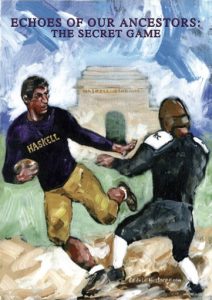I wrote the first of my over 900 “Gavel Gamut” columns in 1990 at the request of my friend, Jim Kohlmeyer. Jim was the Posey County, Indiana Republican Party Chairman and the owner of the New Harmony Times newspaper (now The Posey County News owned by my friend, Dave Pearce).
Jim had recently purchased the paper and was desperate for filler. He asked me, the Democrat, elected, Posey County Circuit Court Judge, to write a column about “legal topics.” Jim did not care what I wrote. Since 1990 and every week since April of 2005 I have written about topics from local heroes to national issues as I saw fit. As those of you, Gentle Readers, will note, in several of my burnt offerings my wife, Peg, had to bear the brunt of my ramblings. However, most of “Gavel Gamut” has dealt with legal topics. A major theme has been the legal system, particularly judges. The federal courts and especially the United States Supreme Court have been the recipients of my chagrin over these thirty-two years during all of which I have served and am still serving as a judge myself. Although after thirty-eight years on the Bench as a partisan-elected judge I term-limited myself and now serve in other judicial venues, such as the Country of Georgia and the National Judicial College.
As I have written numerous times, my belief is that our American democracy is in danger from non-elected, life-tenured judges. I have stated this position frequently and I hold to it firmly.
However, even though I have often expected returning brickbats from those who champion appointing judges and granting them life-tenure, almost nobody has seemed to ever take umbrage from or stated their agreement with my position until October 3, 2022
Then, voila, along came that great journalist and philosopher, Fareed Zakaria whose excellent Sunday morning CNN show, GPS The Global Public Square, is the only national news program I find to contain news. On October 3, 2022 at 8:00 p.m. Fareed aired his special, “Supreme Power, Inside the Highest Court in the Land.”
Now, Gentle Readers, I am not claiming, although I wish I could, that Dr. Zakaria has ever heard of, much less been influenced by my analysis on any subject. However, his special clearly stated one of the greatest current dangers to our democracy is life-tenured members of the U.S. Supreme Court and the totally politicized method of their selection process.
Let me say this about that (as President John F. Kennedy used to say), AMEN, brother Fareed!

